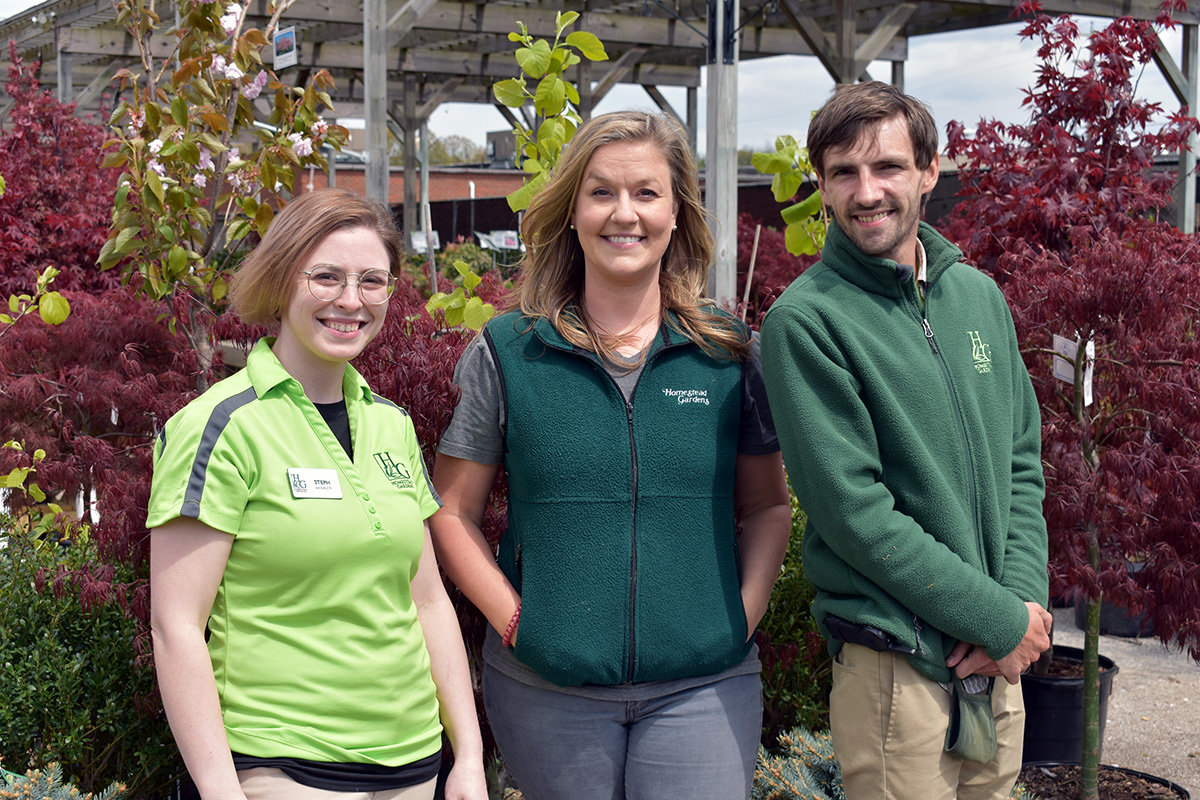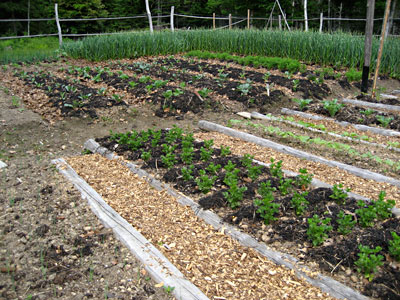A Complete Overview of Homestead Gardening
A Complete Overview of Homestead Gardening
Blog Article
Learn Just How to Grow a Flourishing Gardening Setting for All Ability Levels
Developing a growing garden is a diverse endeavor that can be embraced by individuals at any type of skill level. By checking out crucial components such as dirt health, ideal plant selection, and seasonal care regimens, one can establish a lasting gardening practice that generates enjoyable outcomes. Understanding just how to examine and boost your garden room lays the structure for success. The ins and outs of executing these principles usually present difficulties that can prevent even the most enthusiastic beginner. What approaches can be used to overcome these challenges and promote a genuinely flourishing atmosphere?
Comprehending Your Garden Area
In the world of gardening, understanding your garden space is critical to growing a prospering landscape (Homestead Gardening). The very first step in this endeavor includes assessing the specific qualities of your plot. Aspects such as soil structure, sunshine exposure, and drain play crucial roles in figuring out the viability of your garden for numerous kinds of plants
Begin by conducting a soil test to evaluate pH levels and vitamins and mineral web content, which will certainly educate any needed amendments. In addition, observe just how much sunlight your area gets throughout the day. Different plants have varying light requirements; some flourish completely sun, while others favor complete or partial shade.

Lastly, examine the readily available space and plan accordingly. This consists of thinking about plant elevations and infected guarantee ample space for development without overcrowding. By gaining a detailed understanding of your yard space, you set the structure for a successful gardening experience.
Choosing the Right Plants
Selecting the right plants for your garden calls for cautious factor to consider of different factors, consisting of climate, dirt problems, and personal choices. Start by evaluating your regional climate, as particular plants flourish particularly temperature arrays and weather patterns. As an example, tropical plants may not endure in cooler regions, while hardy perennials can withstand extreme winters.

Consider your individual choices, including visual appeal and maintenance levels. Decide whether you favor lively blossoms, lush foliage, or edible plants. In addition, element in the moment and initiative you are prepared to spend in plant treatment, as some ranges require more focus than others.
Lastly, think concerning the yard's format and light direct exposure. Sunlight patterns throughout the day will affect your options-- some plants need complete sunlight, while others thrive in color. By attentively assessing these components, you can develop a productive and unified garden customized to your atmosphere and tastes.
Vital Gardening Devices
A fully equipped garden enthusiast can significantly boost their horticulture experience and results. Necessary horticulture tools are fundamental to cultivating a successful garden, no matter skill level. First, a sturdy spade is very useful for digging and transforming soil, while a trowel enables for accurate planting and transplanting of smaller plants.
Trimming shears are crucial for keeping plant health by eliminating dead or disordered branches, promoting far better air blood circulation and growth. In addition, a hand rake works for removing particles and freshening the soil, making sure optimum conditions for plant origins.
Gardening gloves secure hands from sores, chemicals, and thorns, making them a crucial accessory. A watering can or tube with an adjustable nozzle ensures that plants obtain adequate wetness without overwatering.
Lastly, take into consideration purchasing a tough wheelbarrow for carrying soil, plants, and tools around the yard efficiently. By setting up a quality toolkit that includes these necessary items, gardeners can tackle different jobs with confidence and ease, leading the method for a thriving horticulture setting. Remember, the right tools not only enhance effectiveness but additionally improve the total satisfaction of the gardening procedure.
Soil Prep Work and Upkeep
Quality dirt is the foundation of an effective garden, making appropriate preparation and upkeep important for healthy and balanced plant growth. The initial step in dirt preparation entails checking its pH and nutrient levels. This can be achieved through soil screening packages readily available at gardening centers or with expert solutions. Based on the examination results, modifications can be made to maximize soil conditions for certain plant demands.
Incorporating raw material, such as compost or well-rotted manure, is important for improving dirt structure and fertility. This not just enhances nutrition accessibility however also promotes beneficial microbial activity. Additionally, proper drainage is vital; heavy clay dirts might call for the addition of sand or perlite to enhance oygenation.
Routine upkeep of dirt health consists of mulching, which preserves moisture and subdues weeds. Rotating crops each year assists prevent nutrient exhaustion and minimizes parasite and illness dangers. It is likewise crucial to stay clear of over-tilling, which can interfere with dirt framework and damage helpful organisms.
Inevitably, a consistent dedication to dirt prep work and upkeep will result in a prospering yard, guaranteeing that plants obtain the crucial nutrients they require for visit the site robust growth and productivity.
Seasonal Care and Monitoring

In springtime, concentrate on growing brand-new seeds and seed startings, while likewise carrying out soil tests to change nutrient deficiencies. Regularly examine for illness and insects, as these can proliferate with the warming weather. Summer season needs regular watering and mulching to preserve wetness, together with pruning for better air circulation.
As fall approaches, it's time to prepare the yard for inactivity. This consists of collecting plants, tidying up debris, and using a layer of compost to secure plant roots from frost. Take see page into consideration planting cover crops to improve the soil during the wintertime months.
Lastly, winter season care is critical. Inspect frameworks like greenhouses for damage and make certain correct insulation for sensitive plants. On a regular basis keep track of for parasites that may look for sanctuary inside. By adapting your horticulture practices to the seasonal cycles, you can cultivate a flourishing environment that supports plant health year-round.
Final Thought
Finally, cultivating a successful garden needs an extensive understanding of essential principles such as dirt make-up, sunlight exposure, and appropriate plant option. Carrying out effective soil prep work and maintenance strategies, along with making use of the right tools, promotes an ideal growing setting. Regular seasonal visit their website care and management techniques even more boost plant health and performance. By adhering to these foundational guidelines, people in any way skill levels can attain a prospering yard that adds to both aesthetic enjoyment and ecological sustainability.
Choosing the right plants for your garden requires mindful consideration of numerous variables, consisting of environment, dirt conditions, and personal choices. Conduct a soil test to identify pH levels and nutrient material, which will certainly lead you in choosing plants that will grow in your garden.Lastly, think about spending in a strong wheelbarrow for transporting dirt, plants, and devices around the yard successfully.Quality dirt is the foundation of a successful garden, making appropriate prep work and maintenance essential for healthy plant development. Homestead Gardening.In final thought, growing a successful yard requires a detailed understanding of vital principles such as soil structure, sunshine exposure, and ideal plant choice
Report this page